The Steam Deck is about the most exciting thing in PC gaming going right now, with PC gamers the world over eagerly anticipating taking their entire Steam library on the go in a convenient handheld form factor.
Valve, the development studio responsible for the legendary Half-Life franchise, were first rumored to be developing a handheld gaming console back in April 2021, with Ars Technica breaking the news of the "SteamPal", the codename for Valve's "Switch-like portable PC".
We all awaited the official announcement, which eventually came in July 2021. More than just a Switch clone, the Steam Deck is a truly portable PC.
While it comes loaded with its own SteamOS operating system, you can put whatever OS you want on it, from Linux Ubuntu, Windows 11, and more. You can even dual boot, making it one of the more interesting portable computing devices to be announced in recent memory.
Like the Nintendo Switch, the Steam Deck is also dockable with output to a TV or monitor via a USB Type-C connection (assuming the display supports USB Type-C video input). Valve is planning on releasing its own dock at some point, put for now any USB Type-C-compatible dock will work.
And, because the Steam Deck is effectively a portable PC, you can also use all the standard PC peripherals as well, so controllers, keyboards, mice, flight sticks, etc. You can even use Bluetooth headphones, something that is still not supported by other major video game consoles.
So what else do we know about Valve's Steam Deck console? Read on to learn all about this potentially game-changing handheld.
Steam Deck: Cut to the chase
- What is it? A powerful, portable PC from Valve
- How much will it cost? $399 / £349 for the 64GB version, $529 / £459 for the 256GB version, and $649 / £569 for the 512GB version
- When will it be released? February 2022 in the US, Canada, EU and UK. It will release in other regions later in 2022.
Steam Deck release date and price
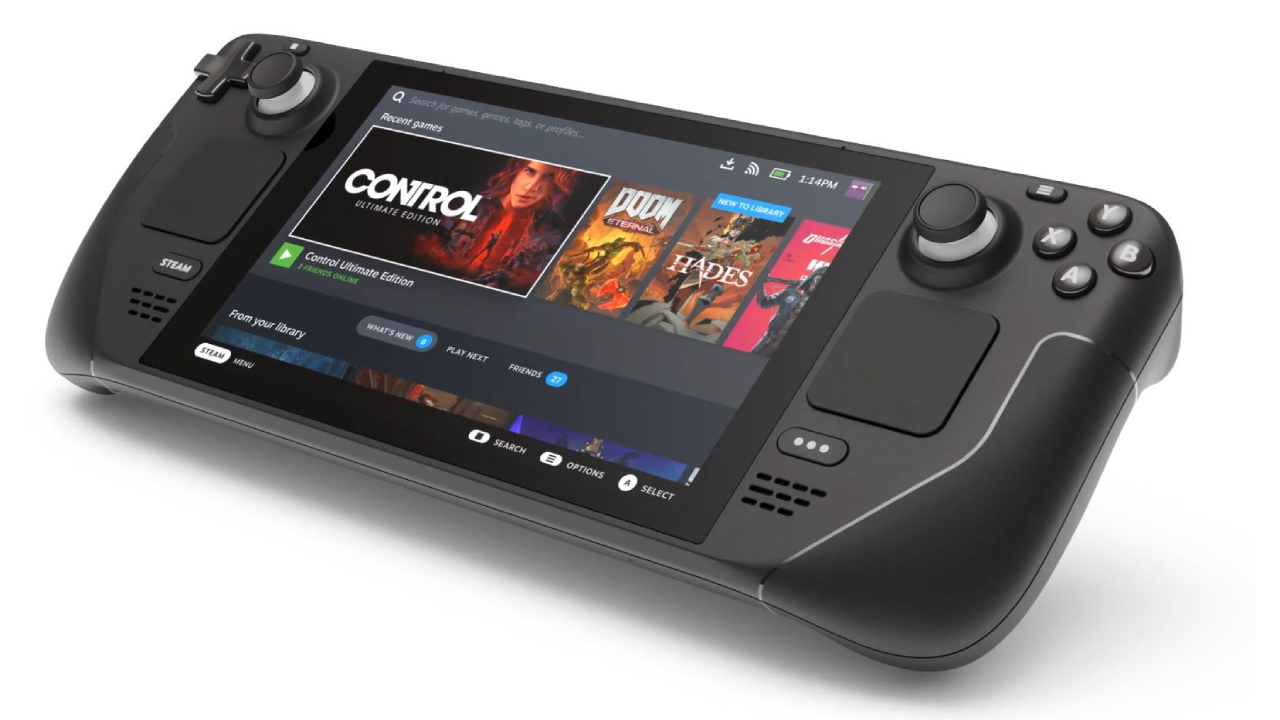
The Steam Deck was originally set to release in December 2021, but it has since been delayed due to the ongoing supply chain issues, the first units are expected to ship out starting in February 2022.
The cost hasn't changed though, and it is still set to retail for $399 / £349 for the base model that comes with 64GB of eMMC internal storage and a carrying case.
The mid-range option costs $529 / £459 and includes a 256GB NVMe SSD inside for faster storage, a carrying case and an exclusive Steam Community profile bundle.
Finally, the highest tier option costs $649 / £569 and includes 512GB of NVMe SSD internal storage, premium anti-glare etched glass, an exclusive carrying case, exclusive Steam Community profile bundle, and an exclusive virtual keyboard theme.
All three consoles storage can be expanded thanks to a microSD card slot, which supports SD, SDXC and SDHC formats.
Steam Deck pre-orders opened on July 16, at 10am PDT / 6pm BST / 7pm CEST. You had to put down a $5 / £4 deposit to reserve your console, and orders were placed from the Steam Store. Unfortunately, many users were unable to reserve a console in time for December 2021 as Steam was flooded with people trying to place their order. It means that a lot of pre-orders will arrive during Q1 or Q2 of 2022, much to the irritation of many.
We expected the Steam Deck to be sold at a higher price tag than the Nintendo Switch, which retails for $299 / £279.99 / AU$469, but it's even more expensive than the new Nintendo Switch OLED, which retails for $349 / £309.
Valve's Gabe Newell said the company found hitting Steam Deck price "painful" but "critical" in an interview with IGN. Newell told IGN about the need to be "very aggressive" in terms of pricing, and said that the top priority was to make sure that PC players are able to pick up the Steam Deck and feel like it works perfectly.
"I want to pick this up and say, oh, it all works. It's all fast. It's all... and then price point was secondary and painful. But that was pretty clearly a critical aspect to it," Newell said. "But the first thing was the performance and the experience, [that] was the biggest and most fundamental constraint that was driving this."
Steam Deck design and features
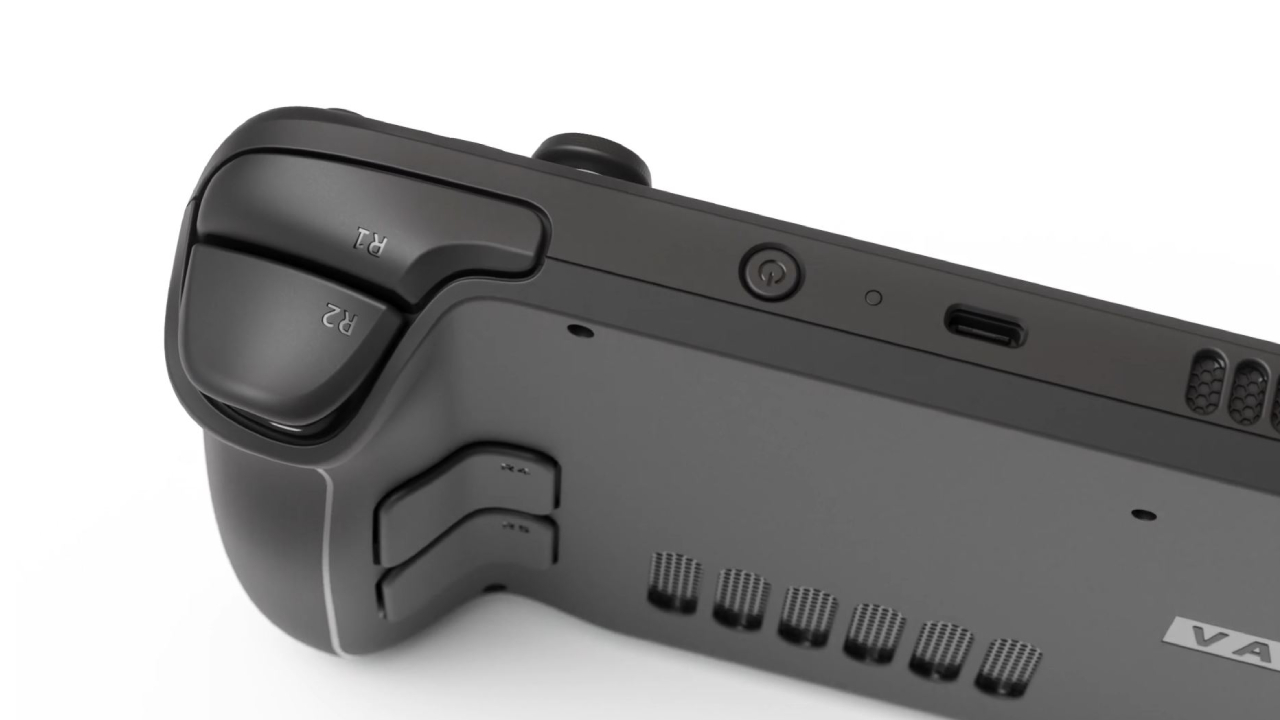
The Steam Deck may look rather ungainly, but Valve says it's been designed for comfortable, extended play sessions, and it has full-fidelity control so you can play your favorite games without any compromises.
The Steam Deck features "best-in-class" thumbsticks with capacitive touch sensors built-in, which Valve says will provide "a level of precision and comfort not found on other portable gaming devices". Unlike the Switch, the controllers can not be removed from the display like the Joy-Con. It means the Steam Deck is more akin to the Nintendo Switch Lite in this regard.
You'll notice that the Steam Deck also includes two trackpads, which means users will have mouse-like control in games that don't play nice with a gamepad. Valve says these pads are similar to those found on its now discontinued Steam Controller, so expect some haptic feedback and general improvements over the trackpads of old.
Along with the usual triggers on the back of the device, which are pleasing analog unlike the Nintendo Switch's digital triggers, the Steam Deck also includes Grip buttons, which will provide extra input options right at your fingertips. If you've ever used a "Pro" controller, you'll understand how useful these extra buttons can be. And, if you end up preferring the feel of the Steam Deck’s controls, you can actually use it as a controller with your PC.
Valve's portable device features a 7-inch LCD touchscreen, and even includes gyro controls, so you can fine-tune your aim by physically positioning the device and achieve more precision than using a thumbstick or trackpad alone.
The Steam Deck also lets you suspend and resume games by pressing the power button to put the device into sleep mode, just like the Nintendo Switch. You can only suspend one game at a time, however, so don't expect something like Xbox Series X's Quick Resume feature that lets you suspend multiple games at a time.
In terms of other features, the Steam Deck has expandable storage thanks to a microSD card slot, includes two stereo speakers, onboard dual microphones, and the battery life is predicted to last between two to eight hours, depending on the games you are playing.
As the Steam Deck is basically a PC with a gamepad attached, you can choose to install PC software, browse the web, watch streaming video and even complete productivity tasks. If you want to have another OS along with SteamOS, it allows you to dual-boot operating systems. You can even install games from other stores, if you like.
Of course, the Steam Deck comes with all the Steam features you'd expect. It supports Steam Chat, Remote Play, notifications, the entire Steam Store experience, Cloud Saves and access to the Steam Community. It runs a new Steam operating system that is optimized for a handheld gaming experience, too, so it should feel intuitive to use. And, while it is compatible with PC VR headsets, it’s not optimized for them, meaning that this feature is probably left alone until a future iteration of the portable.
Steam Deck specs

What's inside the Steam Deck? Valve's portable PC promises to run the latest AAA games, and run them really well. Here's a full breakdown of the Steam Deck's internal specs:
- Size: 298mm x 177mm x 49mm (W x H x D)
- Weight: Approx 669 grams
- CPU: AMD Zen 2 4c/8t, 2.4-3.5GHz (up to 448 GFlops FP32)
- GPU: 8 RDNA 2 CUs, 1.0-1.6GHz (up to 1.6 Tflops FP32)
- RAM: Quad-channel 16GB LPDDR5 RAM
- Storage: 64GB eMMC / 256GB NVMe SSD / 512GB NVMe SSD (all models include high-speed microSD card slot)
- Display resolution: 1280 x 800px (16:10 aspect ratio)
- Display size: 7-inch diagonal
- Brightness: 400 nits typical
- Refresh rate: 60Hz
- Touch enable: Yes
- Connectivity: Bluetooth 5.0, Dual-band Wi-Fi radio, 2.4GHz and 5GHz
- Audio: Stereo speakers, dual microphone array, 3.5mm stereo headphone jack
- Power: 45W USB Type-C
- Battery life: 2 to 8 hours of gameplay
- Operating system: SteamOS 3.0
As the Steam Deck is powered by a custom APU using AMD Zen 2 and RDNA 2 architectures, it means that while the Steam Deck should be able to comfortably play most games, you'll probably be limited to medium settings at its native 1280x800 resolution in the most demanding of titles.
We've seen footage of the Steam Deck from playing indie classics like Stardew Valley to graphical intensity games like Star Wars: A Fallen Order and Death Stranding, the latter of which wouldn't be possible on the Switch without some serious cutbacks.
The Steam Deck is significantly more powerful than the Nintendo Switch, which means it's a bit bigger as a result. We also expect the fan to be slightly more audible than on the Switch, which is usually whisper quiet.
Valve has also been very clear that users that buy this thing will own it, which means you're free to open it up if you want. However, the company recently released a teardown video, where it revealed why that's a terrible idea: because you'll probably break something and could put yourself in physical danger.
Luckily, all three models of the Steam Deck will come with a microSD card slot, so you can expand the storage on the little console without putting it or yourself in any danger. It even says that an SD card is "plenty fast".
Should Nintendo be worried?
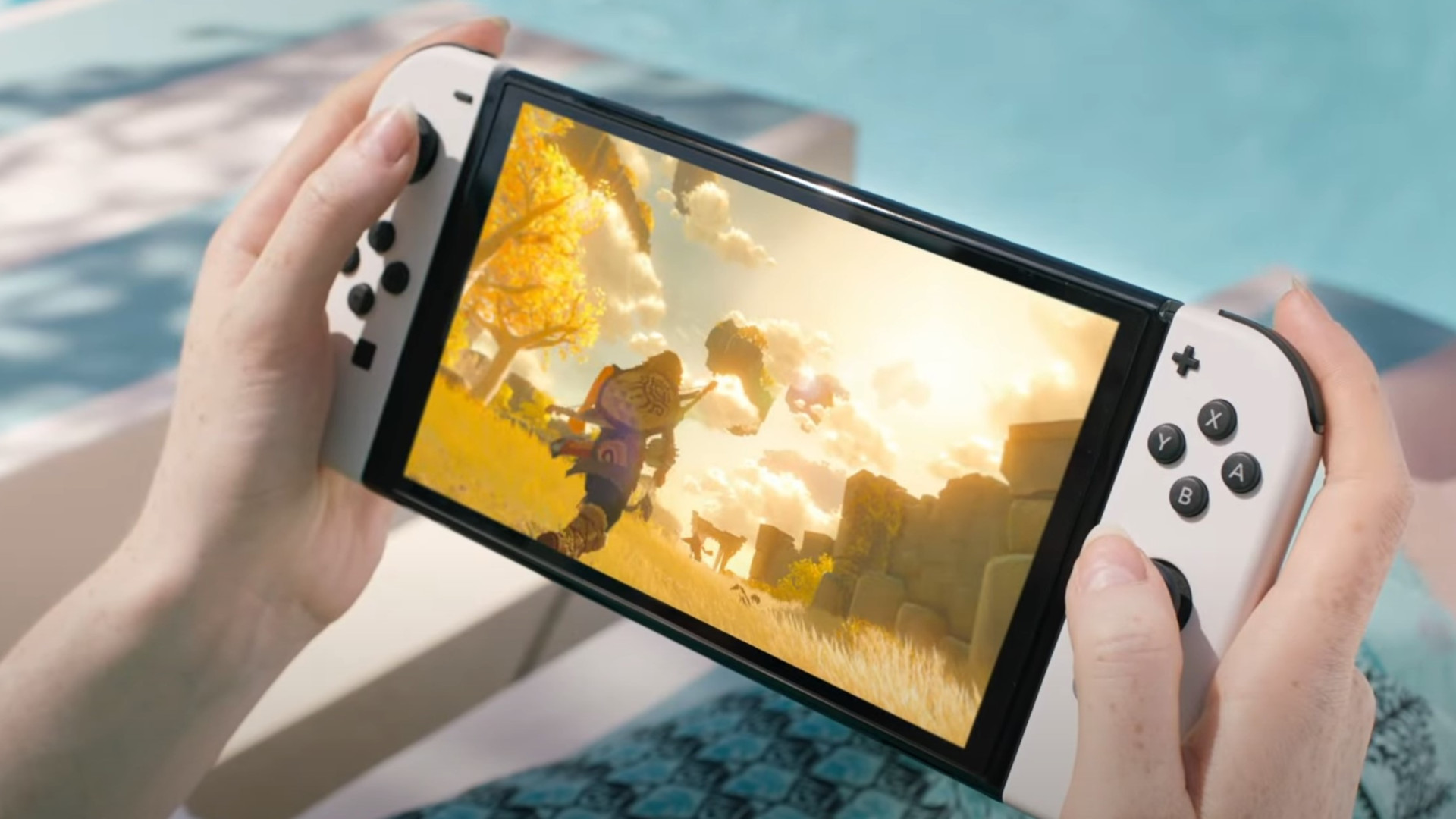
The Steam Deck isn't the first portable PC we've seen enter the hardware space – the likes of Onexplayer have shown that it can be done. However, Valve's handheld promises to deliver a more refined and optimized experience than previous attempts from other manufacturers.
It's this focus that makes the Steam Deck a genuine competitor to the Nintendo Switch, Switch Lite and recently announced Nintendo Switch OLED. With a price differential of $50, consumers will now have a big decision to make when it comes to which portable console they want to buy this Christmas, as the Steam Deck has some big plus points over Nintendo's system.
First of all, having access to Steam and your existing library of games means that PC owners who pick up a Steam Deck could potentially have hundreds of games to play from day one. The Steam Deck is also far more capable in terms of hardware than the Switch, which means you can run AAA games, and achieve higher framerates and consistently hit the 720p resolution target.
The Steam Store is also a far more appealing proposition than the Nintendo Switch eShop. While Switch games have a tendency to be overpriced, Steam is notorious for its enticing discounts and deals, so even if the console itself costs more on day one, there's a good chance you'll save in the long run.
Much like the Nintendo Switch and Switch OLED, the Steam Deck can also be docked, allowing you to output the display to a TV or monitor. However, it's far more flexible than the Switch, as it's for all intents and purposes a portable PC. That means you can attach any peripheral you like, install a new OS and browse the web. You could even use the Steam Deck to complete productivity tasks.
There's some added value, then, and while you lose the ability to start a spontaneous multiplayer session like you can on the Switch, the Steam Deck seems like a device that will instantly appeal to Switch owners who have been craving a Nintendo Switch Pro.
It's worth noting that the Nintendo Switch OLED will come with a more vibrant display than the Steam Deck's 7-inch LCD screen, but until we see the Steam Deck in person, it's hard to say just how nice Valve's chosen display performs.
Does the Steam Deck support every Steam game?

As it stands, Valve's Steam Deck won't be able to run every single title from the Steam Store. In fact, the Steam Deck won't be able to run Destiny, Apex Legends, PUBG or Rainbow Six Siege, which are extremely popular in the PC gaming space. And, while it won’t be able to run every Steam game out of the gate, that’s mostly a software issue that can be fixed with time.
The reason why is because the Steam Deck isn't a Windows-based system, Instead shipping with SteamOS 3.0, which is an Arch-based Linux distribution. Because the handheld Pc is Linux-based, this means that not every game is compatible, particularly ones that use anti-cheat software.
Valve developed a feature called Proton, which is designed to combat this problem, but the company is looking into "improving Proton's game compatibility and support for anti-cheat solutions by working directly with the vendors".
If Valve can ensure a way to get a solid anti-cheat up and running on Proton, it will allow many of Steam's popular multiplayer titles to run on the system. Valve has mentioned it's planning to make every major Steam game playable on Proton and so far it claims it's yet to find a game that the Steam Deck can't run (presumably outside of the anti-cheating software issue), which is still great news for prospective buyers.
It's worth noting that proton isn't an emulator for Windows-based games. A better way to describe it would be a translator that tells Linux how to run typically incompatible Windows-based programs.
Of course, while SteamOS might sound slightly restrictive based on this information, it's important to clarify that Valve has said you could literally install Windows if you wanted to. However, we wouldn't be surprised if these issues are ironed out before the handheld's release in December.
However, you should be able to run games that aren’t in the Steam library, like the new Mass Effect Legendary Edition as well as other games that are exclusively on other launchers like the Epic Games Store. The best way to find out if a game can run on Steam Deck is to check if it’s on Proton’s database and how it’s rated.
Steam Deck vs Nintendo Switch price comparison
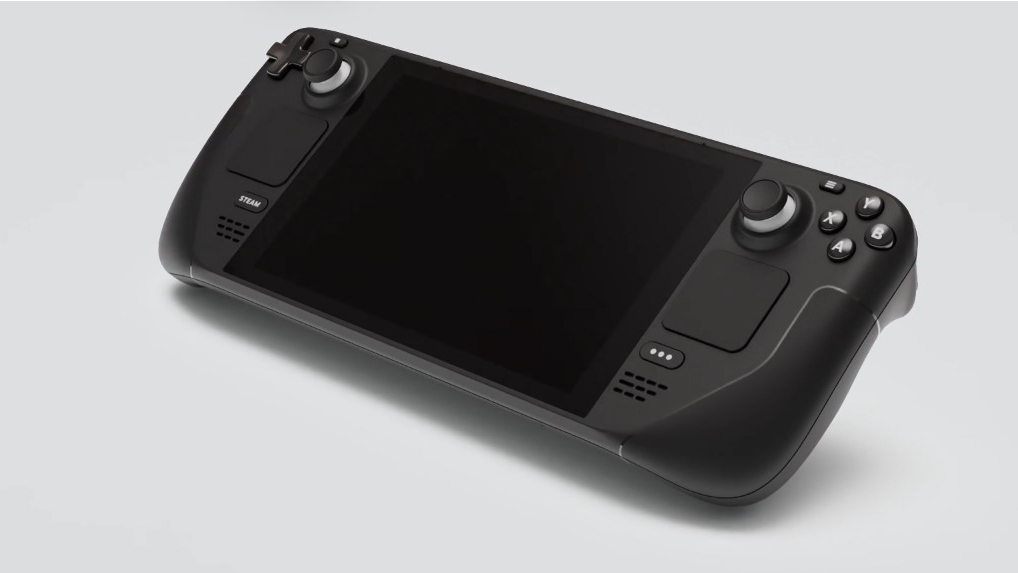
How does the Steam Deck stack up to Nintendo's trio of Switch models when it comes to price? Remember that all Steam Deck purchases come with a free case, and the high end 512GB model includes premium anti-glare etched glass. Both the Steam Deck and Nintendo Switch come with expandable storage via a microSD slot.
| Price | |
| Steam Deck (64GB) | $399 / £349 |
| Steam Deck (256GB) | $529 / £459 |
| Steam Deck (512GB) | $649 / £569 |
| Nintendo Switch | $299 / £279.99 / AU$449 |
| Nintendo Switch OLED | $349 / £309 / AU$549 |
| Nintendo Switch Lite | $199.99 / £199.99 / AU$329.95 |
Valve's Steam Deck looks like it will provide stern competition for Nintendo's Switch, then, and could be a viable alternative for those looking to pickup a hybrid device that can also function as a desktop gaming PC, albeit at the cost of graphical performance.
Steam Deck news and updates
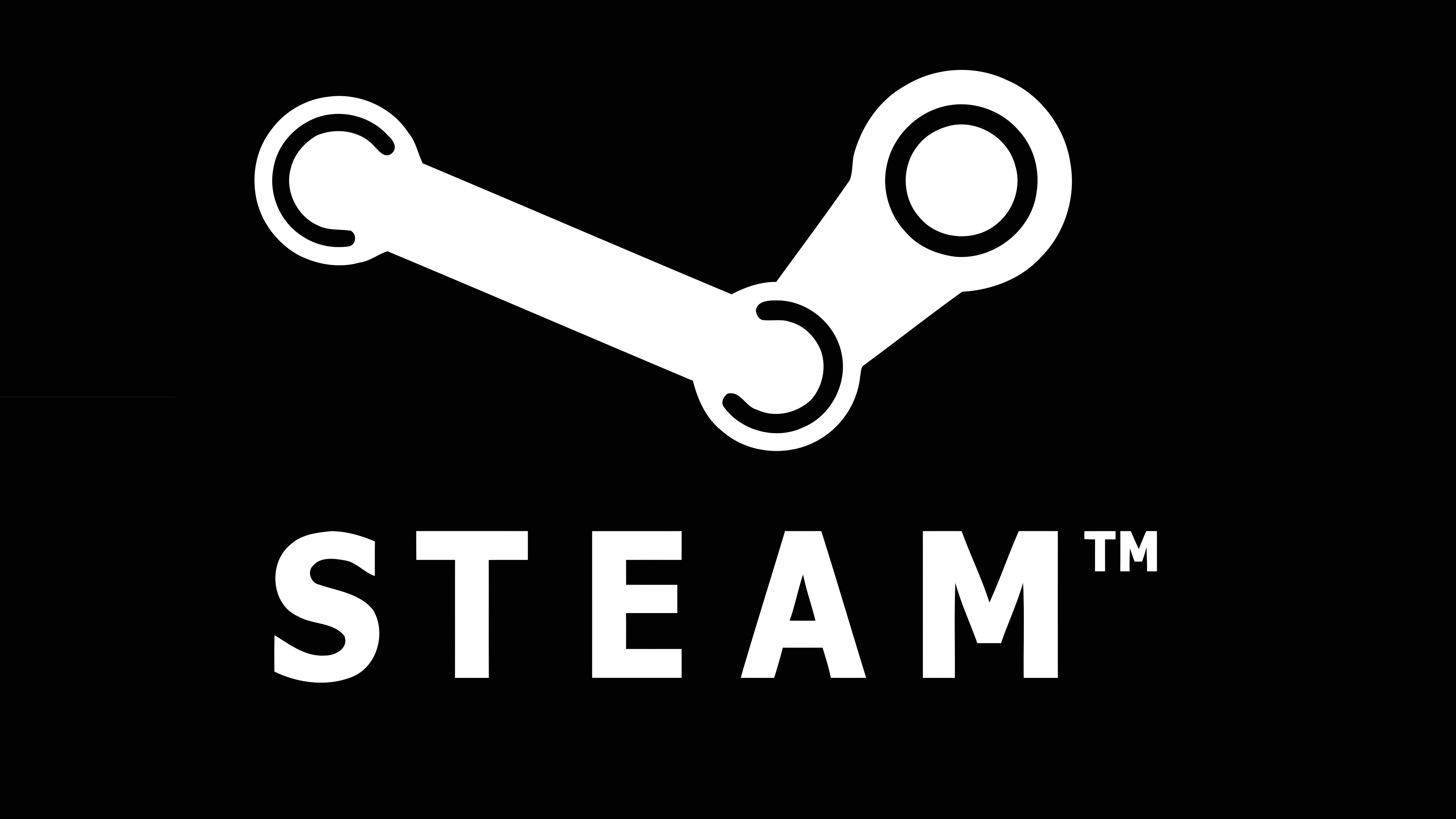
Steam Deck shouldn't suffer from stick drift
There’s potentially good news for those who are worried that the Steam Deck might develop stick drift – something which has plagued Switch owners.
In an interview with IGN, Valve hardware engineer Yazan Aldehayyat said that the team has “done a ton of testing on reliability,” in terms of the handheld’s inputs and that they chose hardware that had well-known performance records. “We didn’t want to take a risk on that, right?” Aldehayyat said. “As I’m sure our customers don’t want us to take a risk on that either.”
It’s a relief to hear that Valve has seemingly taken steps to avoid stick drift from developing on the Steam Deck, an issue that has affected countless Nintendo Switch owners and has been dubbed “Joy-Con drift”.
The internal storage could be upgradeable
The Steam Deck's internal storage could be upgradable, according to a thread on Reddit, though Valve doesn't recommend doing so. Valve notes that the system drive is “not intended for end-user replacement”, which presumably means that the M.2 socket is buried inside the device in a way that would entail taking it all apart in a warranty-voiding manner (running the risk of breaking the Steam Deck in the process, with no recourse).
Still, the possibility could be there, which might encourage more people to pick the 64GB or 256GB models if they know they can expand in the future.
We’ll be keeping our ear to the ground for any more Steam Deck news and announcements, and will update this page accordingly should we hear more.
Oculus Quest will work with Steam Deck for VR on the go
Valve CEO Gabe Newell has confirmed that the Steam Deck will be compatible with external gaming devices and software – meaning it’ll work with systems like the Oculus Quest.
Whether the device is powerful enough to run VR games is another thing entirely, but Valve is pushing the open-aspect of the Stead Deck's design and is more than happy for users to download software from rival companies. “If there’s hardware I want to attach or software I want to install, I can just go and do it,” Newell proclaimed in an interview with IGN. We do know, however, that the Deck “is not optimized for PC VR experiences.” So, gamers will probably not be getting much use out of their VR headsets with this portable.
Steam Deck won't be limited to 30Hz
There were early concerns that you would be capped at 30fps in your favorite games, regardless of performance limitations. This has now been laid to rest after a Valve developer confirmed that the Steam Deck is targeting 30fps as a minimum, but will include manual framerate limitations for users to enhance performance should they choose to do so.
This means that we should be looking to see games run anywhere between 30fps and 60fps on the console's 800p, 60Hz display when it does launch, even current AAA titles, if Valve's testing proves accurate.
Games will run just fine off an SD card
Any fears that you need to get the most expensive model of the Steam Deck to run games at a playable quality can be put to bed. Valve developer Lawrence Yang tweeted that while games will run better on integrated storage, everything will still play just fine on a microSD.
This is great news for gamers who might be undecided as to what version of the Steam Deck they wish to buy. SD cards themselves can be a pricey investment if you're looking for something with a huge amount of storage and a speedy read/write speed, but if you already have one laying around then you could certainly save a few pennies on Valves' console.
You won't get a performance boost when docked
We may have been so concerned about the Stream Deck's ability to play games at higher frame rates that we didn't stop to consider how docking the device would affect its performance.
Despite the Nintendo Switch boosting games to 1080p when the console is docked (up from its native 720p), Valve didn't see the need to include a similar feature for its own portable gaming device. This may mean that you'll see better performance on the Steam Deck when using it solely as a handheld, especially if you only have a large 4K TV, which is fairly common in modern homes. And, you won’t be able to use an external GPU for a performance boost either.
The Steam Deck's popularity is getting gamers to try Linux
Linux usage is spiking upwards according to the latest stats from Steam, and it seems likely that this is down to the Steam Deck driving interest in Linux gaming.
The freshly released Steam hardware survey for July shows that Linux now represents a full percentage point of all those gaming on Valve’s platform. Now, 1% might sound like a tiny amount – and it is obviously just a drop in the overall gaming ocean – but it’s a telling milestone for Linux to reach.
The Steam Deck won’t be Valve’s only handheld games machine
Valve appears to have big ambitions for future handheld gaming devices, and Nintendo, the company that’s dominated that market in the past, should be worried.
While Valve CEO Gabe Newell has already said that the Steam Deck is designed to establish “a product category that ourselves and other PC manufacturers are going to be able to participate in,” and which is “going to have long-term benefits for us,” Greg Coomer, a designer involved with the Steam Deck, has shed more light on Valve’s handheld plans.
Coomer reveals that Valve will “continue making devices in this product line.” So, it’s likely we’ll see hardware refreshes and other variations. Whether this is a Steam Deck 2, Steam Deck Pro or something else entirely isn’t obvious at the moment.
Windows 11 Support is coming to the Steam Deck
The Steam Deck should be good to go with Windows 11, for those who are thinking about replacing or dual-booting the default operating system – a custom version of Steam OS (Linux) – with Microsoft’s desktop OS.
While we already know that Windows 10 will be compatible with the portable PC for those who might want to make the switch to Microsoft, Windows 11 is a distinctly thornier issue due to its system requirements including the stipulation for TPM.
- Best gaming PC: when only the best will do
source https://www.techradar.com/news/steam-deck/
0 Comments:
Post a Comment